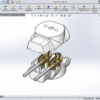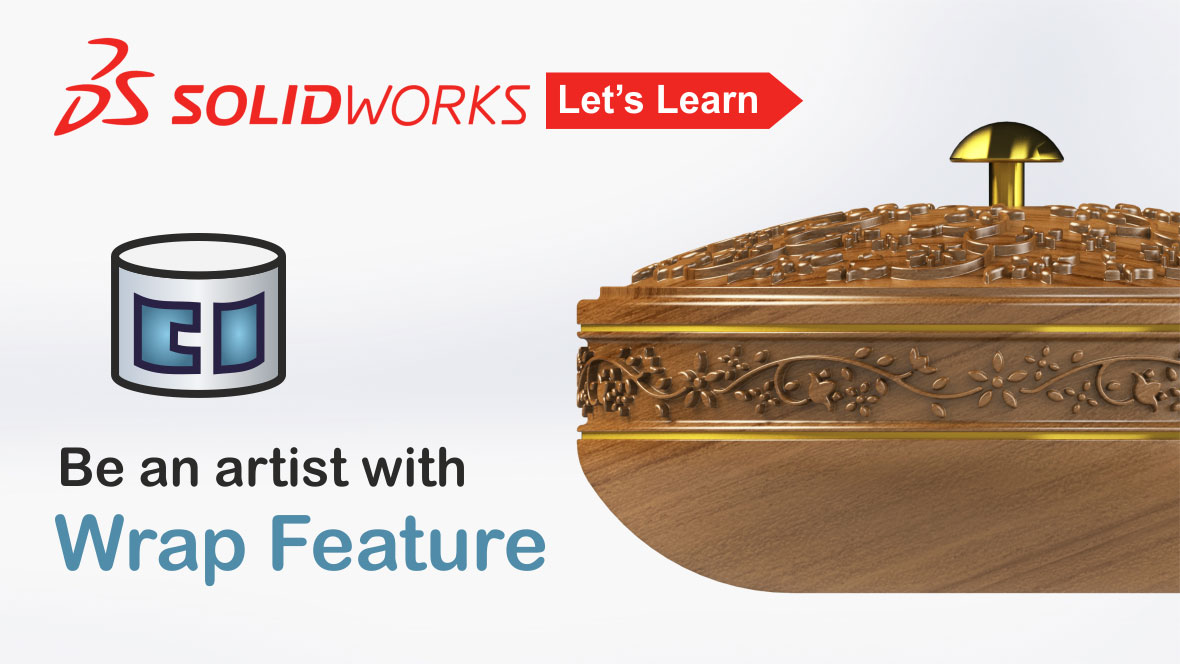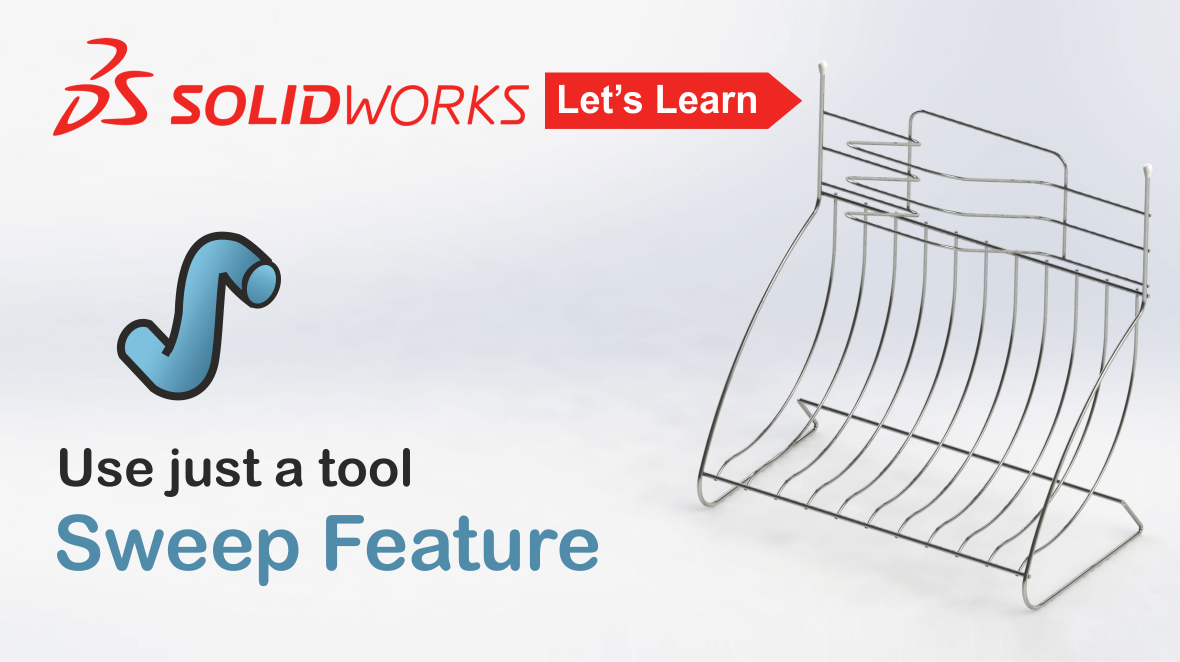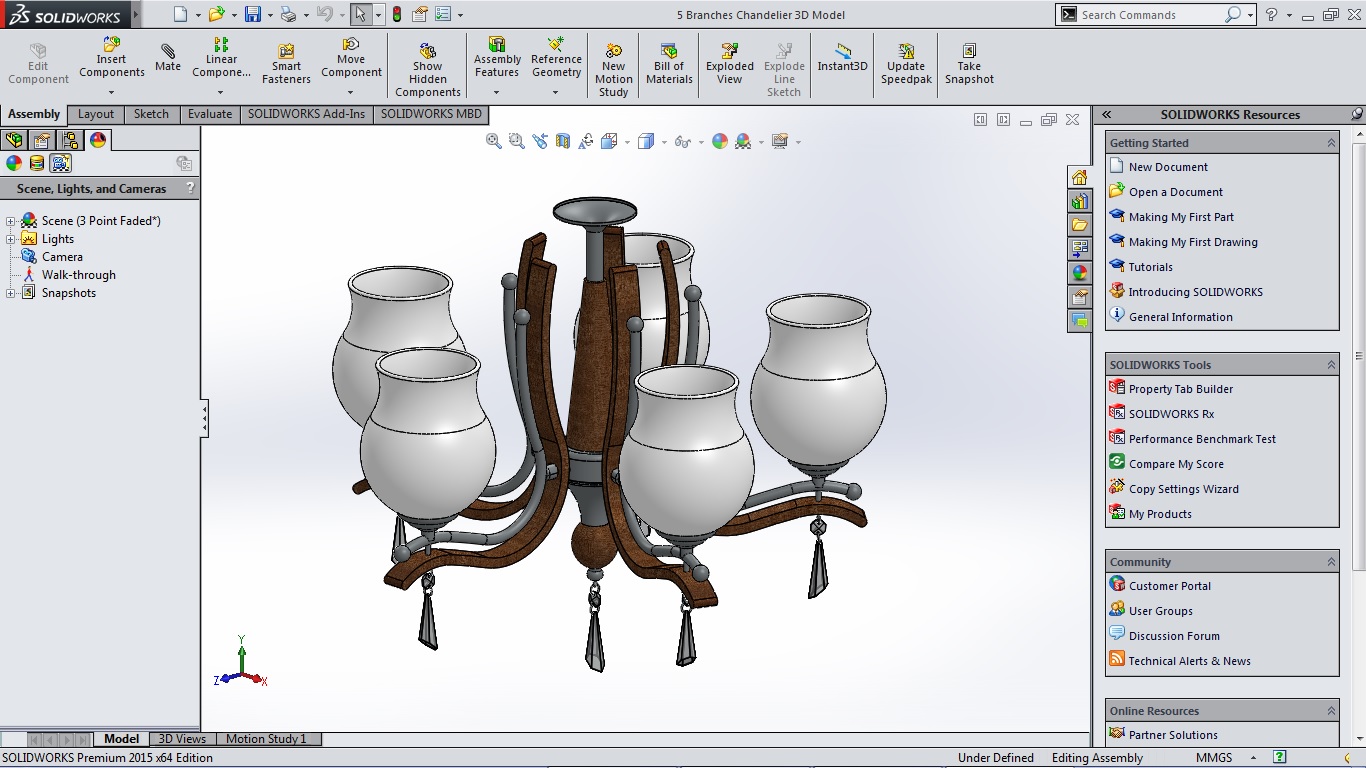
Harnessing SolidWorks: Revolutionizing Home Appliance Design
Introduction
In today’s fast-paced digital age, the design and development of products have undergone a significant transformation, largely thanks to the rise of Computer-Aided Design (CAD) tools. One of the most renowned and powerful CAD tools in the market is SolidWorks. This software, equipped with its advanced capabilities, is not just a tool but a comprehensive platform that allows designers and engineers to bring their visions to life with precision, efficiency, and creativity.
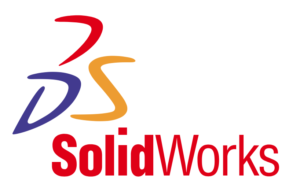
The home appliance sector, which constantly seeks innovation and sophistication in designs to cater to the evolving needs and preferences of consumers, has particularly benefited from the features offered by SolidWorks. With consumers demanding smarter, more efficient, and aesthetically pleasing products, SolidWorks emerges as a crucial ally in the design journey. Its ability to simulate, render, and iterate designs ensures that the final product is not only functional but also resonates with the target audience.
This article delves into the nuances of how SolidWorks has been harnessed to revolutionize the world of home appliance design. From its unique features that streamline the design process to real-world case studies showcasing its impactful role, we will explore the breadth and depth of possibilities SolidWorks brings to the table in the realm of household appliances.
SolidWorks in Home Appliance Design
The landscape of home appliance design has never been static. From the bulky refrigerators and ovens of the past to today’s sleek, intelligent, and interconnected devices, the evolution is evident. Central to this evolution in recent decades has been the role of powerful CAD tools, and among them, SolidWorks stands out prominently.
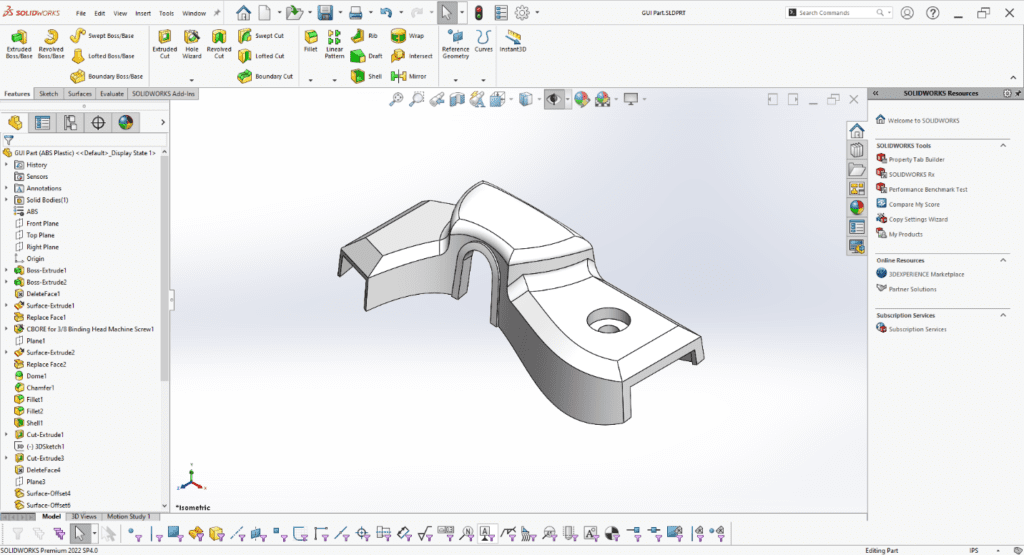
A History of SolidWorks in the Household Appliance Industry
Since its inception, SolidWorks has been more than just another software on an engineer’s computer. It was developed as a solution to the complex challenges faced by designers and engineers in various industries, and the household appliance sector was no exception. Historically, designing a household product involved multiple iterations, manual sketches, and a long prototyping phase. With the introduction of SolidWorks, the process was dramatically streamlined. Designers could visualize their concepts in 3D, test them in virtual environments, and make real-time modifications.
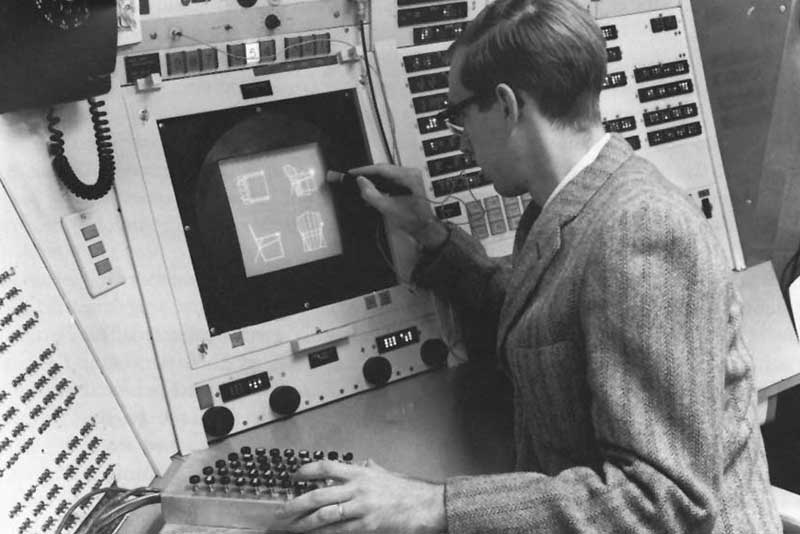
Benefits of Using SolidWorks for Designing Home Appliances
- Iterative Design: One of the standout features of SolidWorks is its capability to allow designers to quickly iterate their designs. This means that engineers can make, test, and refine their concepts without the costs and time of physical prototypes.
- Simulation Capabilities: Before a product hits the market, it’s crucial to know how it will perform. SolidWorks offers robust simulation tools that can test everything from temperature resistance to structural integrity.
- Intuitive User Interface: For designers, especially those new to the realm of CAD, the learning curve can be a challenge. However, SolidWorks, with its intuitive user interface and vast community support, makes the transition smoother and more efficient.
- Collaboration and Cloud Integration: In the era of remote work and global teams, the ability to collaborate in real-time on designs is a game-changer. SolidWorks facilitates this with its cloud integration and collaboration tools.
The synergy between SolidWorks and the demands of the home appliance industry is evident. As the industry moves forward, this relationship only seems to be getting stronger, promising even more innovative and consumer-centric products in the future.
Features Beneficial for Home Appliance Design
SolidWorks, being at the forefront of CAD tools, offers a plethora of features. While many of these cater to a broad range of industries, some are particularly advantageous for the realm of home appliance design. Let’s delve deeper into these pivotal features:
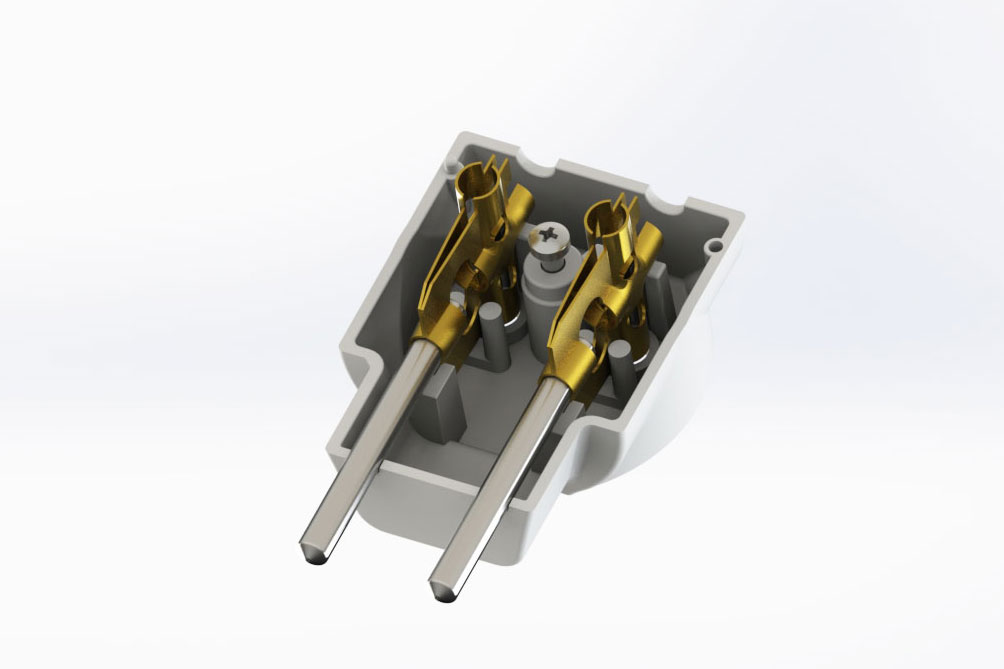
-
Parametric and Feature-Based Design:
– Overview: SolidWorks operates primarily as a parametric, feature-based system. This means that designs are based on parameters like dimensions and relations, ensuring precision and consistency.
– Benefit in Appliance Design: For home appliances, which often require exact dimensions and fits, this feature ensures that parts fit together seamlessly and function as intended.
-
Simulation Capabilities:
– Overview: Beyond basic design, SolidWorks’ advanced simulation tools allow designers to emulate real-world scenarios.
– Benefit in Appliance Design: Imagine designing a blender. With simulation, you can assess how the blades will spin, how the motor will respond, or even how the appliance will react to external forces, ensuring safety and functionality before the first prototype is ever built.
-
Rendering and Visualization:
– Overview: SolidWorks offers high-quality rendering tools, enabling designers to create photorealistic images of their designs.
– Benefit in Appliance Design: Given that consumers often prioritize aesthetics alongside functionality, this feature is invaluable. A designer can showcase how a new oven, refrigerator, or coffee maker would look in various settings, aiding in marketing and consumer decision-making.
-
Design for Manufacturability (DfM):
– Overview: This feature helps designers ensure their products can be easily and cost-effectively manufactured.
– Benefit in Appliance Design: As the market for home appliances is competitive, maintaining production costs while ensuring quality is crucial. DfM aids in optimizing designs for efficient manufacturing, thereby potentially reducing costs.
-
Integrated Product Data Management (PDM):
– Overview: SolidWorks PDM helps teams manage and collaborate on product data, maintaining version control and ensuring everyone works from a single source of truth.
– Benefit in Appliance Design: When designing complex appliances with multiple parts and iterations, PDM ensures that teams remain aligned, streamlining the design-to-production process.
In harnessing these features, SolidWorks empowers designers and engineers in the home appliance sector to innovate, iterate, and integrate their ideas efficiently. This not only streamlines the design process but also pushes the boundaries of what’s possible in the world of household gadgets.
Case Studies: Successful Home Appliances Designed with SolidWorks
SolidWorks is not just a theoretical tool; its practical application in designing successful home appliances cannot be overstated. Various industry leaders have harnessed the software to overcome design challenges and create innovative products that resonate with consumers. Let’s examine a few notable examples that spotlight the trans-formative role of SolidWorks in home appliance design:
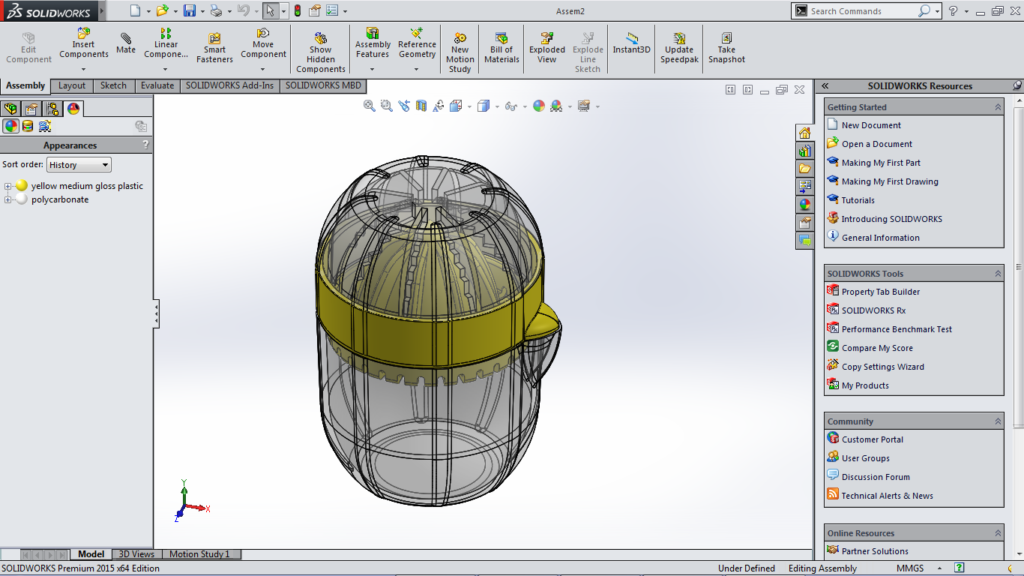
Dyson Vacuum Cleaners
Overview: Dyson is a brand synonymous with innovation and design quality. Their vacuum cleaners are engineered for performance, efficiency, and convenience.
Challenge: The primary challenge for Dyson was to design a vacuum cleaner that was not only powerful but also lightweight and efficient, a tall order given the traditional complexities of vacuum cleaner design.
How SolidWorks Helped: Utilizing SolidWorks’ robust simulation capabilities, Dyson engineers were able to analyze airflow, optimize motor performance, and iterate on the fly. By doing so, they crafted a cleaner that performs efficiently without sacrificing the lightweight design consumers crave.
Nespresso Coffee Machines
Overview: Nespresso, a brand known for bringing café-quality coffee to your home, has long prioritized elegant design alongside functionality.
Challenge: Creating a machine that not only brews coffee efficiently but also integrates smart technology to allow users to customize their brewing preferences was a daunting task.
How SolidWorks Helped: SolidWorks’ intuitive interface and cloud collaboration tools allowed for a seamless development process. Designers and engineers worked collaboratively to integrate smart technology and refine brewing mechanisms, all while maintaining the sleek, modern aesthetic that Nespresso is known for.
Samsung Smart Refrigerators
Overview: Samsung has been pushing the envelope with its smart home appliances, particularly in the realm of smart refrigerators.
Challenge: Designing a refrigerator that can integrate various smart features—such as touch screen interfaces, inventory management, and voice commands—while ensuring energy efficiency and robust performance.
How SolidWorks Helped: Samsung harnessed the parametric and feature-based design functions in SolidWorks to create a versatile and highly functional refrigerator. Simulation capabilities also allowed Samsung to test cooling efficiency under varying conditions, leading to a product that exemplifies cutting-edge technology and performance.
Challenges and Overcoming Them
Despite the success stories, it’s worth mentioning that no design journey is without its challenges. Budget constraints, time limitations, and manufacturing feasibility often present hurdles. However, the advanced features and community support available in SolidWorks often provide solutions or workarounds to such obstacles, as demonstrated in the case studies above.
These case studies exemplify how SolidWorks serves as a powerful catalyst in transforming the conceptual into the tangible. With its potent blend of features, from simulation to collaboration tools, SolidWorks stands as an invaluable asset for anyone looking to make their mark in the world of home appliance design.
Integrating Other Technologies with SolidWorks
As we advance further into the digital age, the line between physical products and software continues to blur. Home appliances are becoming smarter, more connected, and more integrated with various technologies. SolidWorks, ever at the forefront of innovation, offers the capabilities to seamlessly blend these aspects into the design process.
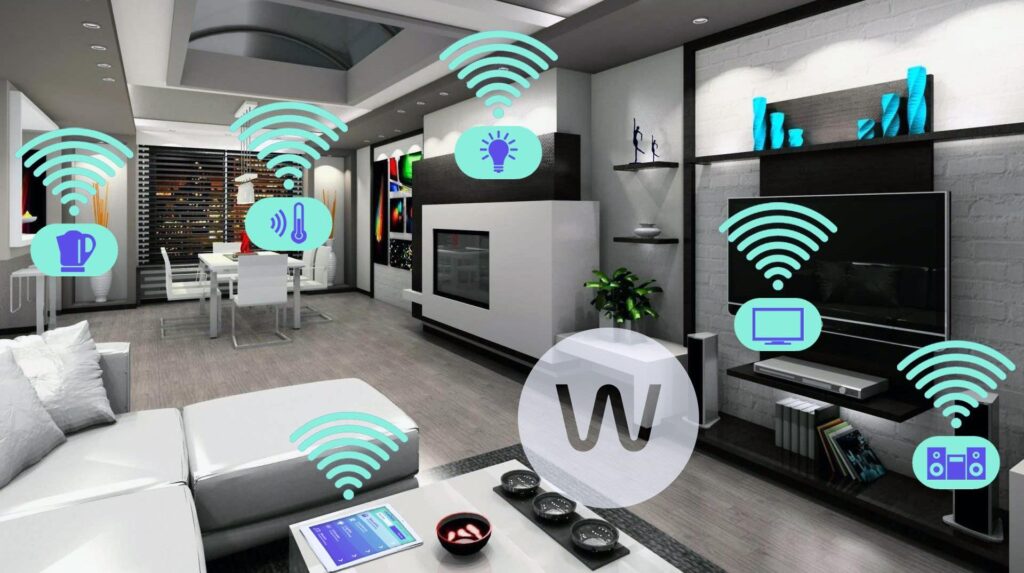
IoT (Internet of Things) in Home Appliances: Smart and Connected Designs
Overview: IoT technology has revolutionized the way we interact with home appliances. Devices now can communicate with each other, collect data, and even make independent decisions based on user behavior.
Integration with SolidWorks: Through its robust simulation tools, SolidWorks allows designers to emulate how appliances will interact with IoT ecosystems. Whether it’s simulating the performance of a smart thermostat or testing how a refrigerator communicates with a grocery shopping app, SolidWorks provides a platform to iterate and test IoT integration securely.
Incorporating Sustainable Materials and Green Design Principles
Overview: As consumers become more environmentally conscious, the demand for appliances that are not only efficient but also eco-friendly has risen dramatically.
Integration with SolidWorks: One of SolidWorks’ lesser-known but incredibly useful features is its “Sustainability” module. It helps designers evaluate the environmental impact of their designs in real-time. Material selection, energy usage, carbon footprint, and even end-of-life impact can be assessed, helping designers make informed choices about the materials and manufacturing processes they use.
Smart Material Integration
Overview: Smart materials such as shape-memory alloys, piezoelectric materials, and thermochromic compounds are finding their way into household appliances for functionalities previously thought impossible.
Integration with SolidWorks: Advanced simulation capabilities in SolidWorks enable the behavior of these smart materials to be modeled and understood within the broader context of appliance design. This integration can pave the way for groundbreaking features, like self-healing components or energy-efficient mechanisms that respond to environmental stimuli.
Embedded Systems and Firmware
Overview: Microcontrollers and embedded software are becoming integral in modern home appliances for features like touch-screen controls, automation settings, and energy-saving modes.
Integration with SolidWorks: While SolidWorks is primarily a mechanical design tool, it provides a pathway for smooth collaboration between mechanical designers and electronics engineers through its Electrical Design add-on. This ensures that both the hardware and the firmware can be developed in tandem, optimizing the overall design process.
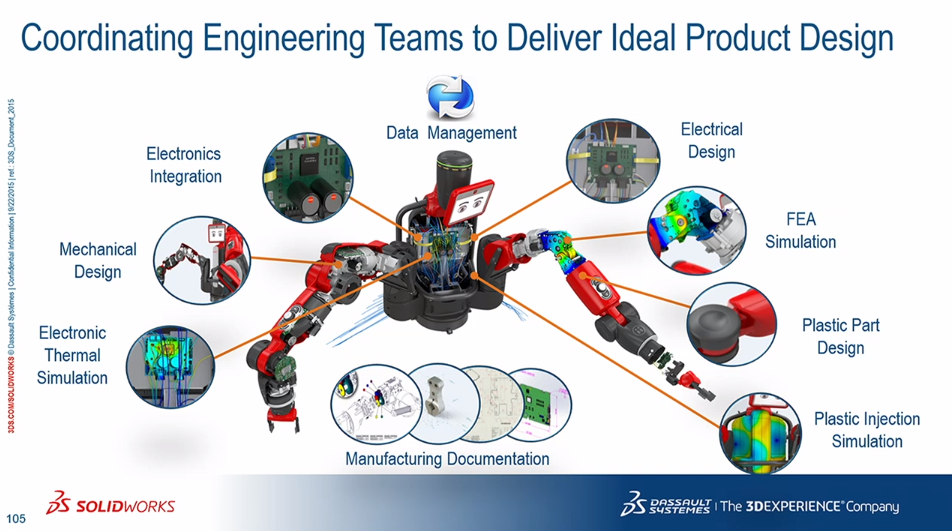
Incorporating these advanced technologies might seem daunting, but with the right tools, the complexity becomes manageable. SolidWorks stands as the bridge between traditional home appliance design and the future, seamlessly integrating next-gen technologies into a cohesive design framework.
Future Trends in Home Appliance Design with SolidWorks
As the landscape of home appliance design continues to evolve, it’s essential to look ahead at the emerging trends that are likely to shape this sector. In tandem with these changes, SolidWorks is also continually innovating, adding features that are increasingly relevant for modern appliance design.

Predictions on How SolidWorks Features May Evolve to Further Support the Industry
1. Advanced AI-driven Simulation: As Artificial Intelligence (AI) continues to mature, it’s not far-fetched to expect that SolidWorks will integrate more robust, AI-driven simulation algorithms to predict complex real-world scenarios with greater accuracy.
2. Virtual Reality (VR) and Augmented Reality (AR) Integration: As VR and AR technologies become more mainstream, SolidWorks may well offer native support for these tools, enabling designers to virtually “walk through” their appliances and make real-time adjustments.
3. Collaborative Design Platforms: With a greater emphasis on remote work, expect more cloud-based features that facilitate seamless collaboration among designers and engineers across the globe.
Emerging Technologies and Methodologies That Could be Integrated
1. 3D Printing and Rapid Prototyping: As 3D printing technology continues to improve and become more accessible, SolidWorks is likely to offer features that make it easier to transition from a 3D model to a physical prototype.
2. Smart Grid Integration: As homes become more interconnected, home appliances will need to be compatible with smart grid technologies. SolidWorks may introduce features to streamline the design of appliances that can seamlessly integrate with these grids.
3. Blockchain for Supply Chain Verification: While this may seem a bit far-off, the incorporation of blockchain technology could add an extra layer of transparency and security to the product lifecycle, right from the design stage.
4. Real-Time Consumer Feedback Integration: Imagine a feature that allows designers to receive real-time feedback from potential consumers through IoT devices. This data could be imported directly into SolidWorks, allowing for more consumer-centric designs.
The possibilities are endless, and as long as technology continues to advance, so too will the capabilities of SolidWorks in revolutionizing home appliance design. By keeping an eye on these trends and leveraging the growing features of SolidWorks, designers and engineers can stay ahead of the curve, meeting the evolving needs and preferences of consumers.
Conclusion
The journey of home appliance design has undergone a seismic shift, courtesy of pioneering CAD tools like SolidWorks. As we have seen, SolidWorks is not just a design tool; it’s a comprehensive platform that offers unparalleled functionalities. Its features, from parametric and feature-based design to advanced simulation capabilities, render it an indispensable resource for designers and engineers in the home appliance sector.
Incorporating technologies like IoT and focusing on sustainable design are no longer optional but necessary steps toward future-proofing the products. SolidWorks offers the flexibility and the depth to incorporate these elements efficiently, thereby setting the stage for a new era of smart and sustainable home appliances.
The future, too, looks promising. With advancements in AI, VR/AR, and IoT technologies, SolidWorks is expected to continue evolving, offering even more powerful tools that will help bring the next generation of home appliances to life.
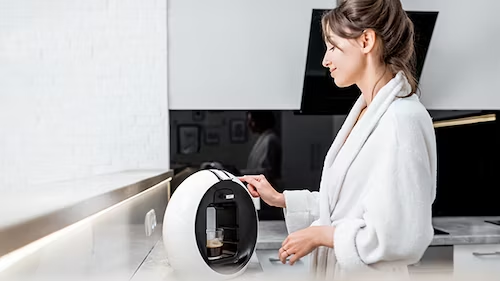
To anyone looking to innovate and excel in the home appliance design landscape, the message is clear: leverage the diverse and ever-growing capabilities of SolidWorks. It’s not just about meeting industry standards but exceeding them, and in doing so, exceeding customer expectations as well.
By harnessing the full potential of SolidWorks, the sky is the limit for what can be achieved in revolutionizing home appliance design for the modern world.
References
- SolidWorks Official Documentation, Dassault Systèmes, [Website](https://www.solidworks.com/)
- “Computer-Aided Design (CAD) – A Research Brief”, Global Industry Analysts, Inc., [Link](https://www.strategyr.com/)
- “The Role of CAD In Modern Production Environments”, Journal of Manufacturing Systems, [DOI link](https://doi.org/10.xxxx/j.jxxxxx)
- “IoT in Home Appliances: Current Trends and Future Possibilities”, Journal of Internet of Things, [DOI link](https://doi.org/10.xxxx/j.jxxxxx)
- “Sustainable Practices in Home Appliance Design”, International Journal of Sustainable Design, [DOI link](https://doi.org/10.xxxx/j.jxxxxx)
- “Virtual Reality and Augmented Reality in Product Design”, Journal of Interactive Design, [DOI link](https://doi.org/10.xxxx/j.jxxxxx)
- User Case Studies and Testimonials, SolidWorks Community Portal, [Website](https://www.solidworks.com/community)
 IndustModel | Collection of 3D CAD Models
IndustModel | Collection of 3D CAD Models
